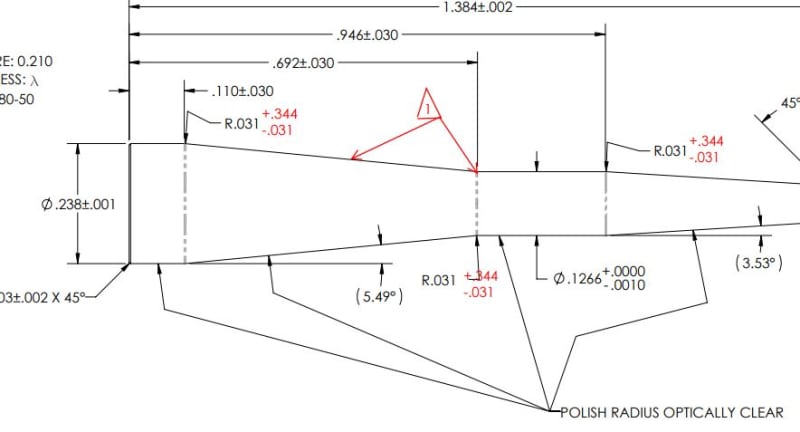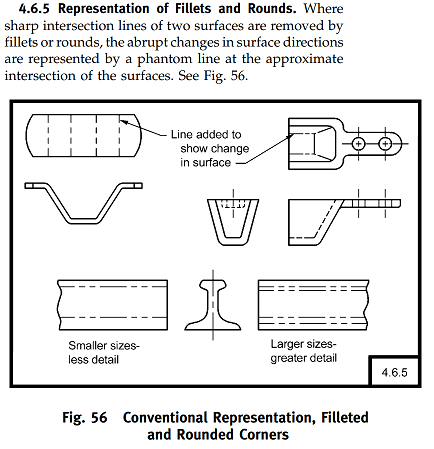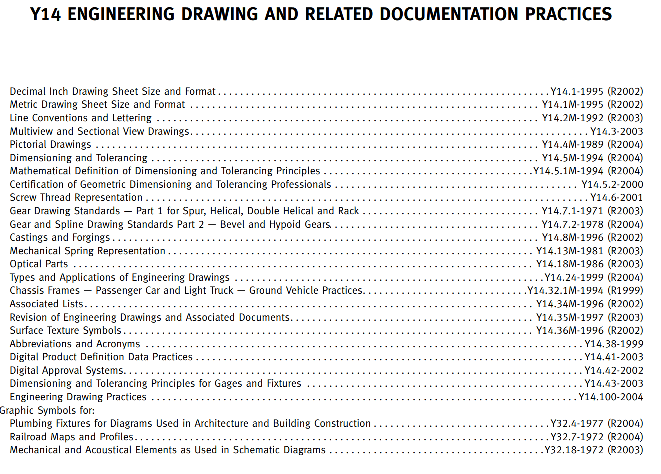We have a part with a cylinders that transitions to a larger diameter with a tapper at both ends of the tapper there is a transitional radius/fillet. See attached image_1

The vender recently devlivered a batch of parts with an "undercut near the smaller diameter. See attached image_2

Their position is that because the drawing doesn't say they can't put in an the "undercut", its allowed. Insert mental image of lots of dumb looks. I'm having an issue finding which standard covers the intent, or purpose, of a tangent lines representation. Something that says a tangent edge represents the transition between two continuous surfaces. Or something that say unless the geometry is on the print, its not supposed to be there.

The vender recently devlivered a batch of parts with an "undercut near the smaller diameter. See attached image_2

Their position is that because the drawing doesn't say they can't put in an the "undercut", its allowed. Insert mental image of lots of dumb looks. I'm having an issue finding which standard covers the intent, or purpose, of a tangent lines representation. Something that says a tangent edge represents the transition between two continuous surfaces. Or something that say unless the geometry is on the print, its not supposed to be there.



